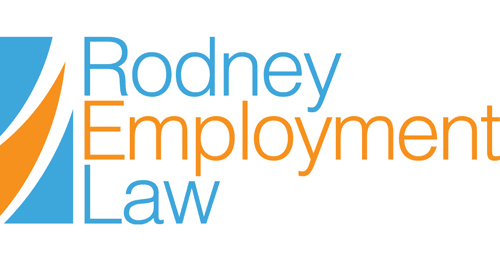Last fall, a 10-year-old Vancouver girl and her family made headlines for her fight to get her birth certificate amended. It was not for any name or address change though; Harriette Cunningham has transitioned from a boy to a girl and wants her government-issued paperwork to reflect this. Other stories have come forward of individuals fighting government bureaucracy to have their passport sex changed, or other amendments that reflect their changed gender identity.
These stories reflect the new reality that gender is no longer viewed as merely a biological state, but as a status of one’s lived identity. As Cunningham’s father told The Globe and Mail, “the problem arises when people think transgendered issues are to do with sexual orientation. She’s 10 years old – she’s not thinking about that.” The Ontario Human Rights Code (“Code”) was amended in 2012 to include gender identity and gender expression as protected grounds of discrimination. Now, a new policy and brochure have been released to clearly explain to employers further areas where they cannot discriminate.
Key Terms
The policy and its suggestions address a number of terms which may be unfamiliar to employers, and are worth explaining briefly:
Transgender (or simply trans) – A person who has transitioned from their birth assigned sex (male, female, or intersex) to a new gender
Gender Identity – How one identifies their gender, which may be different from their assigned sex at birth, irrelevant of their sexual identity or preferences
Gender Expression – How a person expresses their gender – through dress, appearance, voice, hair, choice of identifying pronoun, etc
Gender Non-conforming – Individuals who do not conform typically with the sex they are assigned at birth, and may or may not identify as trans
The Policy
Discrimination laws against an individuals’ sex are nothing new, but the addition of ‘gender identity’ and ‘gender expression’ came with the passage of Toby’s Act in 2012, named in honour of transgendered musician Toby Dancer. The policy protects all “trans people and other gender non-conforming individuals” on a multitude of grounds, including specifically employment. This includes all forms of employment and all stages from hiring to dress code to performance reviews and accommodations.
With regard to hiring, transgendered employees can be subject to discrimination either directly related to their gender identity, or be rejected from opportunities due to falsified reasons that are a veiled excuse for discrimination. In a 2004 Canadian Human Rights Tribunal case Montreuil v National Bank, a trans woman was rejected after believing she would be hired, and was given reasons involving her attitude and qualifications that the Tribunal later found to be ‘disingenuous.’ The Tribunal agreed that the woman’s human rights complaint was legitimate.
Accommodation can also deal with physical space, such as washrooms and change rooms. The Ontario Human Rights Commission (“OHRC”) recommends transgendered and transitioning employees be accommodated in ways that do not leave them vulnerable to embarrassment or humiliation, such as use of appropriate washrooms and change rooms. In a recent Ontario Human Rights Tribunal decision, a transitioning employee that was forced to use a men’s change room instead of her desired women’s one complained to her employer about workplace harassment, and was later fired. The Tribunal found that the employer had contributed to a poisoned work environment and failed to properly investigate complaints. The employee was awarded $22,000 for injury to dignity, feelings, and self-respect.
Employer Recommendations
The OHRC brochure summarizes some of the key issues in discrimination of trans individuals, and specifically outlines harassment as including “inappropriate comments, questions, jokes…e-mails, social media…or ongoing and demeaning behavior that insults, demeans, harms, or threatens a person in some way.” Employers are liable for any discrimination and harassment that happens in the workplace, and can make concerted efforts to avoid any incidents by implementing thorough workplace policies and training.
The OHRC suggests a number of measures that businesses can implement to better accommodate transgendered individuals. Organizations can be sure to keep any gender-identifying personal information confidential so it does not cause embarrassment or humiliation to an employee who has transitioned or is in the process. Dress codes should be flexible, so as to be accepting of individuals who may deviate from traditional standards, while still maintaining professional workplace-appropriate dress. Also, washrooms and change rooms should be available to the gender an individual identifies with, or gender-neutral facilities may be made available as an alternative.
How We Can Help
Accommodations for any employee may require workplace modifications that seem initially complex, but employers are obligated to accommodate to the point of undue hardship. As gender identity and gender expression become more commonplace in HR discourse, transgendered and transitioning employees will feel more comfortable and open choosing to express their identity in the workplace.
Accommodation though involves more than just physical space. Employers can support a transgendered or transitioning employee by ensuring that workplace policies are inclusive of all individuals, and closely adhered to by all staff to create a welcoming and supportive environment.
Employers must be mindful of employees who feel they may be subject to any form of workplace discrimination, and the first step is education. For employers who are looking to review their workplace policies and training to better accommodate employees. Contact us today to learn how we can help your organization make all individuals feel welcome in the workplace.
Blog post by Shaun Bernstein
